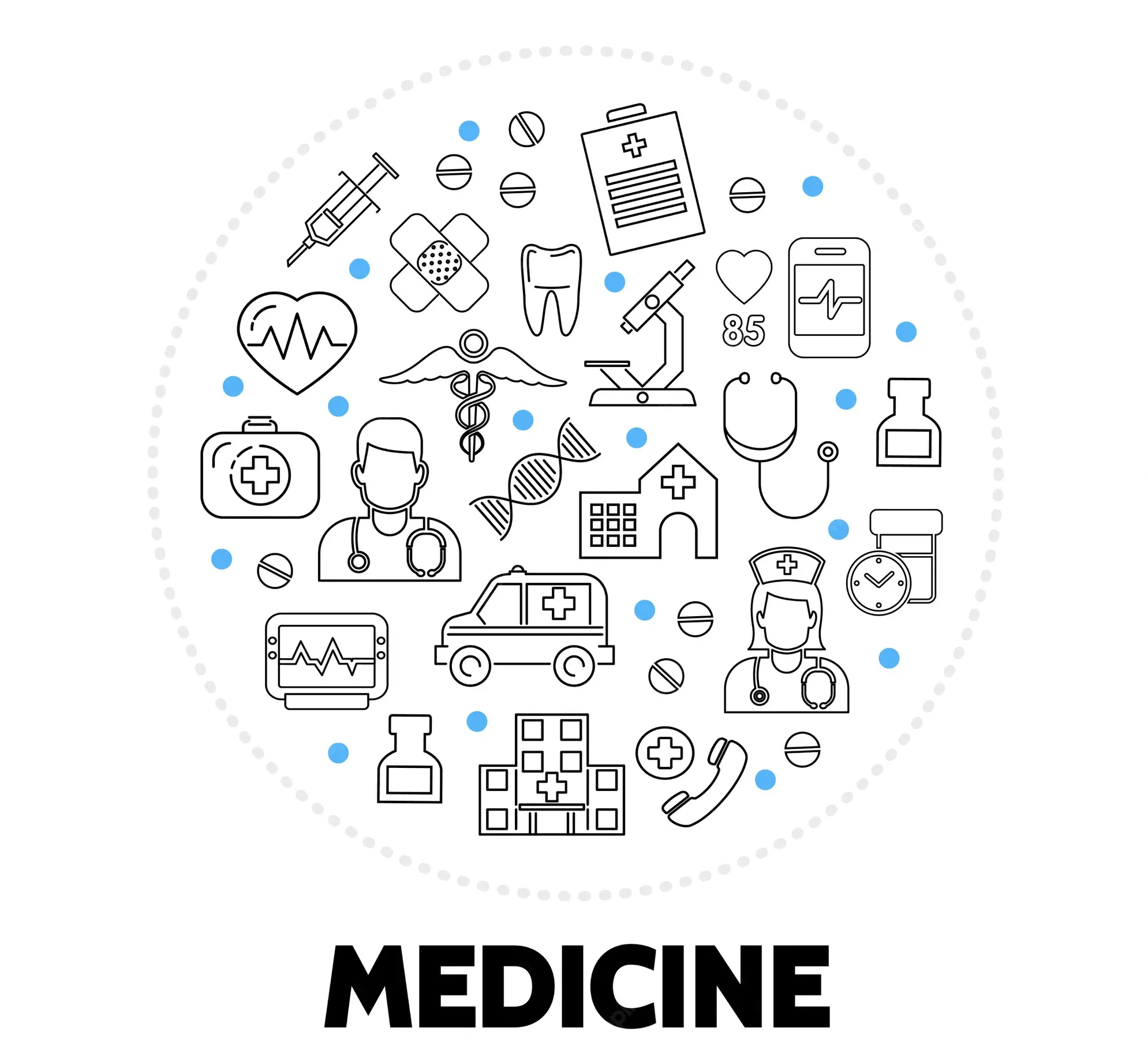Complexation Reaction Books
Author: Dorcas Moronkola
School: University of Ibadan
Department: Science and Technology
Course Code: CHE176
Topics: Phenol, benzenol, hydroxybenzene, ether, aldehyde, ketone, Aldol Condensation Reaction, Cannizzaro reaction, Polymerisation Reaction, Iodoform Test, Cyanohydrin
Introduction to basic physical chemistry
Author: Omuku Patrick Enuneku
School: Nnamdi Azikiwe University
Department: Science and Technology
Course Code: ICH102
Topics: Gas laws, Gas, Boyle's law, Charles law, Gay-Lussac's law, Dalton's law, general gas equation, ideal gas, Avogardo's law, kinetic theory, Boltzmann distribution, intermolecular distribution, Vander Waal's equation, viscosity, dilute solution, molarity, mole fraction, colligative properties, osmotic pressure, thermodynamics, internal energy, heat change, heat capacity, isothermal process, phase change, adiabatic process, adiabatic reversible expansion, thermodynamic equilibrium, chemical equilibrium, thermochemistry, heat of reaction, heat of formation, heat of combustion, bond energy, chemical equilibrium, dynamic equilibrium, law of mass action, solubility, chemical kinetics, chemical reaction, reaction rate, rate laws, differential rate laws, integrated rate laws, activation energy, action complex, activated complex, ionic equilibrium, electrolytes, acid, bases, Bronsted-Lowry theory, Lewis theory, dissociation constant, hydrolysis, buffer solution, buffer capacity, crystals, crystalline phases, polymorphism, amorphous, crystal growth, nucleation, crystal systems, cubic structures, mirror symmetry
Shriver & Atkin's inorganic chemistry
Author: Peter Atkins, Tina Overton, Jonathan Rourke, Mark weller, Fraser Armstrong, Michael Hagerman
School: University of Ibadan
Department: Science and Technology
Course Code: CHE126
Topics: Inorganic chemistry, atomic structure, atomic orbitals, molecular structure, bonding, Lewis structure, valence bond theory, Molecular orbital theory, ionic solids, ionic bonding, semiconduction, acid, base, Brønsted acidity, Lewis acidity, oxidation, reduction, reduction potentials, redox stability, Molecular symmetry, isomerism, coordination compounds, chirality, spectroscopy, chemical analysis, Magnetometry, periodic trends, Group 1 elements, Group 2 elements, hydrogen, Group 13 elements, Group 15 elements, Group 14 elements, Group 16 elements, d-Block elements, Representative compounds, Electronic spectra, Magnetism, Coordination chemistry, Ligand substitution reactions, Ligand substitution, Redox reactions, Photochemical reactions, Lanthanoid chemistry, Actinoid chemistry, ligands, Solid-state chemistry, materials chemistry, Metal oxides, nitrides, fluorides, Chalcogenides, intercalation compounds, Hydrides, inorganic pigments, Semiconductor chemistry, Molecular materials, fullerides, catalysis, Homogeneous catalysis, Heterogeneous catalysis, Hybrid catalysis, Characterization, fabrication, Nanomaterials, nanoscience, nanotechnology, Self-assembled nanostructures, Bioinorganic nanomaterials, Biological inorganic chemistry, Catalytic processes, Biological cycles, Chelation therapy, nitrogen cycle, hydrogen cycle, acid-base catalysis, Tethered catalysts, Electrocatalysis, Alkene polymerization, Ammonia synthesis, Hydroformylation, Alkene metathesis
Advanced Organic Chemistry (Part A- Structure and Mechanisms) ,5th edition
Author: Francis Carey, Richard Sundberg
School: University of Ilorin
Department: Science and Technology
Course Code: CHM235, CHM329, CHM331, CHM419, CHM420, ICH301, ICH355
Topics: Molecular Orbital Theory, Molecular Orbital Methods, Electron Density Functionals, Electron Density Distribution, Stereochemistry, Conformation, stereoselectivity, Molecular Mechanics, Structural Effects on Stability, Structural Effects on Reactivity, chemical kinetics, Kinetic Isotope Effects, catalysis, Nucleophilic Substitution, polar addition, elimination reactions, carbanions, carbon nucleophiles, carbonyl compounds, aromaticity, annulenes, homoaromacity, aromatic substitution, Concerted Pericyclic Reactions, Concerted Pericyclic Reactions, Photochemistry
Principles of General Chemistry ,3rd edition
Author: Martin Silberberg
School: University of Nigeria, Nsukka
Department: Science and Technology
Course Code: CHM101, CHM112, CHM122
Topics: matter, chemical reactions, gases, Kinetic Molecular Theory, Thermochemistry, Energy Flow, Chemical Change, Quantum Theory, Atomic Structure, Electron Configuration, Chemical Periodicity, Chemical Bonding, Shapes of Molecules.Covalent Bonding, Intermolecular Forces, Periodic Patterns, solutions, Organic Compounds, carbon, Mechanisms of Chemical Reactions, Acid-Base Equilibria, Ionic Equilibria, Thermodynamics, Entropy, Free Energy, Electrochemistry, Chemical Change, Electrical Work, Transition Element, Nuclear Reactions
Student Solutions Manual to accompany Principles of General Chemistry
Author: Martin Silberberg, Patricia Amateis
School: University of Nigeria, Nsukka
Department: Science and Technology
Course Code: CHM101, CHM112, CHM122
Topics: matter, chemical reactions, gases, Kinetic Molecular Theory, Thermochemistry, Energy Flow, Chemical Change, Quantum Theory, Atomic Structure, Electron Configuration, Chemical Periodicity, Chemical Bonding, Shapes of Molecules.Covalent Bonding, Intermolecular Forces, Periodic Patterns, solutions, Organic Compounds, carbon, Mechanisms of Chemical Reactions, Acid-Base Equilibria, Ionic Equilibria, Thermodynamics, Entropy, Free Energy, Electrochemistry, Chemical Change, Electrical Work, Transition Element, Nuclear Reactions
Author: Otoikhian Shegun Kevin
School: Edo University
Department: Science and Technology
Course Code: CHM211
Topics: thermochemistry, heat, specific heat, heat of reaction, calorimetry, Bomb Calorimetry, Constant-Volume Calorimetry, Styrofoam Calorimeter, Standard Enthalpy of Reaction, Hess law, electrochemistry, electrochemical cells, electrodes, electrode reactions, cell potentials, free energy, electromotive series, Nernst equation, electrochemical corrosion, corrosion, electrolytic cells
Principles of Chemical Engineering Processes Material and Energy Balances
Author: Nayef Ghasem, Redhouane Henda
School: Federal University of Technology, Owerri
Department: Engineering
Course Code: CHE202
Topics: Chemical Engineering Processes, Material Balance, Energy Balance, temperature measurement, temperature conversion, dimensional homogeneity, dimensionless quantities, process flow sheet, process unit, process streams, mass flow rates, volumetric rates, moles, molecular weight, stream composition, mass fraction, mole fraction, concentration, pressure measurement, pressure-sensing devices, process units, degrees of freedom analysis, process flow diagram, multiunit process flow diagram, mass balance, Stoichiometric Equation, Stoichiometric Coefficients, Stoichiometric Ratio, Limiting Reactant, Excess Reactants, Combustion Reactions, Chemical Equilibrium, Multiple-Unit Process Flowcharts, Single-Phase Systems, Multiphase Systems, Ideal Gas Equation of State, liquid density, solid density, gas density, Real Gas Relationships, Compressibility Factor, Virial Equation of State, van der Waals Equation of State, Soave–Redlich–Kwong Equation of State, Kay’s Mixing Rules, phase diagram, Vapor–Liquid Equilibrium Curve, Vapor Pressure Estimation, Clapeyron Equation, Clausius–Clapeyron Equation, Cox Chart, Antoine Equation, Partial Pressure, Dalton’s Law of Partial Pressures, Gibbs’ Phase Rule, Bubble Point, Dew Point, Critical Point, Kinetic Energy, Potential Energy, energy balance, steam turbine, heaters, coolers, compressors, Mechanical Energy Balance, Enthalpy Calculations, Constant Heat Capacity, Psychrometric Chart, Heat of Reaction, Heats of Formation, Heat of Combustion, Heat of Reaction Method, Unsteady-State Material Balance, Unsteady-State Energy Balance
Author: SO Ebede
School: University of Nigeria, Nsukka
Department: Medical, Pharmaceutical and Health science
Course Code: MIC301, MIC303
Topics: pigment formation, Mycoside, Mycobacterium tuberculosis complex, MYCOBACTERIUM TUBERCULOSIS, Tuberculosis, Tuberculin testing, Tuberculin test, heaf test, Miliary Tuberculosis, Lepra reaction, Leprosy Reactions, Fernandez Reaction, Lowenstein Jansen medium, Mycobacterium leprae, Tuberculoid leprosy, Lepromatous leprosy
Organic Chemistry, 6th edition
Author: Janice Gorzynski Smith
School: Edo University
Department: Science and Technology
Course Code: CHM123
Topics: Organic Chemistry, periodic table, bonding, Lewis structures, isomers, octet rule, hybridization, ethane, ethylene, acetylene, bond length, bond strength, Electronegativity, Bond Polarity, oxybenzone, Brønsted–Lowry Acids, Brønsted–Lowry Bases, acid strength, Aspirin, organic molecules, functional groups, intermolecular forces, alkanes, cycloalkanes, Substituted Cycloalkanes, lipids, Stereochemistry, starch, cellulose, glass chemistry, chiral molecules, achiral molecules, Disastereomers, meso compounds, Disubstituted Cycloalkanes, isomers, Enantiomers, organic reactions, bond breaking, bond making, Bond Dissociation Energy, thermodynamics, Enthalpy, Entropy, energy diagrams, kinetics, catalysts, enzymes, Alkyl Halides, Nucleophilic Substitution, Polar Carbon–Halogen Bond, nucleophile, Carbocation Stability, Hammond postulate, Biological Nucleophilic Substitution, Vinyl Halides, Aryl Halides, Organic Synthesis, elimination reactions, Alcohols, Ethers, Carbocation Rearrangements, Tosylate, Thials, sulfides, Alkenes, Addition Reactions, Hydrohalogenation, Lipids, Markovnikov's Rule, Halohydrin Formation, Epoxidation, alkenes, mass spectrometry, infrared spectroscopy, electromagnetic radiations, Nuclear Magnetic Resonance Spectroscopy, Magnetic Resonance Imaging, radical reactions, Conjugated Dienes, Electron Delocalization, Diels–Alder Reaction, Benzene, Aromatic Compounds, Benzene's Unusual Stability, Buckminsterfullerene, Electrophilic Aromatic Substitution, Friedel–Crafts Alkylation, Friedel–Crafts Acylation, Nucleophilic Aromatic Substitution, Carbonyl Chemistry, Organometallic Reagents, Aldehydes, Keton, Nucleophilic Addition, Carboxylic Acids, Nitriles, Aspirin, Arachidonic Acid, Prostaglandins, enols
Departments

Administration, Social and Management science

Agriculture and Veterinary Medicine

Arts and Humanities

Education

Engineering

General studies

Law

Medical, Pharmaceutical and Health science

Science and Technology